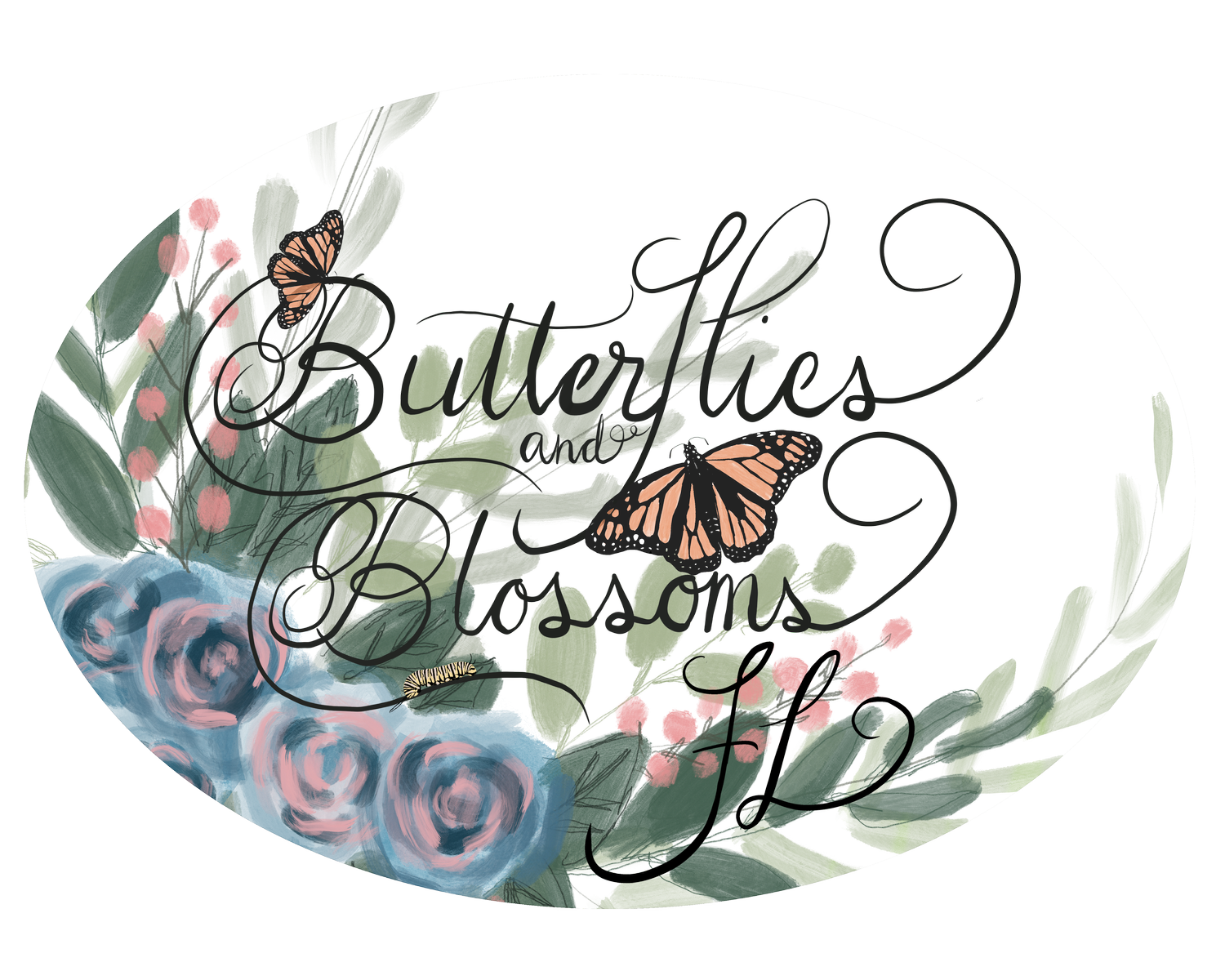Diary of a Gardener: Rooted in Joy: A Florida Gardener’s Guide to Growing, Healing, and Thriving Week 1
Starting Fresh: Best Beginner Plants for Florida Newcomers
The number one question I get asked from new clients (especially those who aren’t from Florida) is:
"What do I plant?"
They'll say, "None of the plants I'm familiar with are growing here!"
And I get it. I often describe gardening in Florida as being like gardening on Mars. Hear me out:
Florida’s climate—especially in Central and South Florida—is warm to hot 12 months a year. We have a 365-day growing season, but it comes with high humidity, droughts, floods, high winds, storms... and all of that creates a challenging environment for both plants and gardeners.
You walk outside at 6:00 AM and immediately feel the sweat beading on your upper lip. (And let's not even talk about frizzy hair.) From late May to early October, summer is one long, relentless season.
If you're new to Florida, you probably visited a big box store, loaded up your cart with gorgeous flowers—maybe a hydrangea in spring—and picked up a few shrubs. The plant tags all said “full sun,” so you planted them enthusiastically.
A month later? They’re struggling or dead.
I won’t ask for a show of hands, but... yeah, I know it’s you.
Maybe you tried again. Maybe you gave up. Maybe you just decided to plant the same 4–5 plants all your neighbors have.
You are not alone.
Even seasoned gardeners stumble here. Florida demands a different mindset. Here are a few key things to remember:
1. Flip Your Seasons
Our winters and early springs are equivalent to late spring and summer up north. Vegetables, herbs, annuals, and many perennials thrive here when temperatures are milder.
2. Research Hardy Native Plants
Native plants have evolved to thrive in Florida's ecosystems. They can handle our extremes way better than imported species.
3. Toss Out the Plant Labels
“Full sun” in Florida is brutal compared to up north. Remember the first time you burned at the beach without sunscreen? Yeah, your plants feel that, too.
4. Choose Native and Florida-Friendly Plants
This ensures your landscape survives—and even thrives—with much less work. Plus, your yard doesn’t have to look exactly like everyone else’s.
5. Understand Irrigation Needs
If you don’t have an irrigation system, you can still garden—but be prepared to supplement water during dry and extremely hot periods.
Here are some of my favorite go-to plants for Florida newbies who want beautiful landscaping without endless hours of work:
Sun-Lovers
Firebush
Silver Buttonwood
Dombeya ‘Seminole’
Blue Plumbago
Walter’s Viburnum ‘Mrs. Schiller’s Delight’
Agaves
Pitch Apple and Dwarf varieties
Hibiscus
Bougainvillea
Crotons (select varieties)
Muhly Grass
Copperleaf
Golden Dewdrop
Crepe Myrtle
Vinca (Suntory series)
Angelonia
Caladium
Lantana (sterile varieties)
Sage/Salvia
Coreopsis
Gaillardia
Louis Philippe Rose
Bulbine
Bush Daisy
Coontie
Jatropha
Darrow’s Blueberry
Green Island Ficus
Gaura
Jamaican Caper
Zinnias
Part Sun / Shade Lovers
Farfugium Japonicum
Croton
Ferns
Coleus
Coontie
Alocasia
Ti Plant (Cordyline)
Philodendron
Jamaican Croton (not a true Croton)
Anthurium
Calathea
Twinflower
Marlberry
Bahama Coffee
Wild Coffee
Caladium
Impatiens
Beautyberry
Choosing the right plant for the right place is the #1 most important step in creating your landscape. Research how big plants will grow before you plant—because here in Florida, everything grows big and fast, especially after a rainy season. Careful placement now will save you mountains of maintenance later.
If you're still feeling overwhelmed or unsure what works best for your home, schedule a consult! We’ll talk about what you want, what you need, and how much time you realistically want to spend in your garden.
🌿 Always keep growing.

